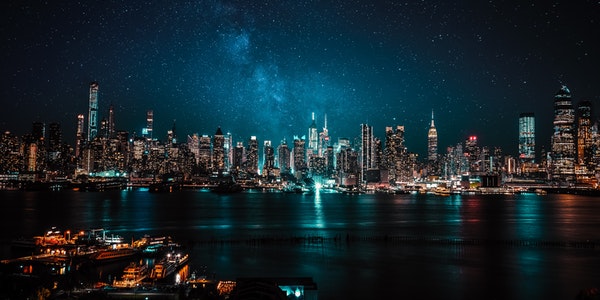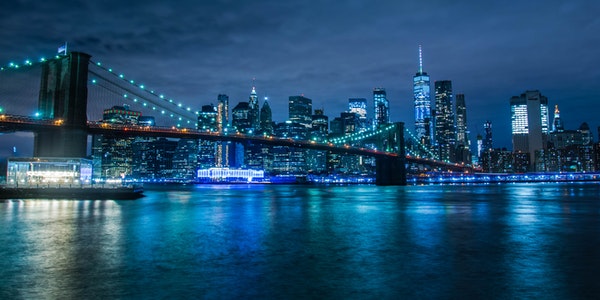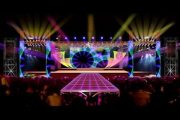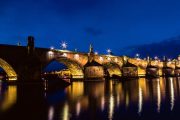1. Architecture calls for green night lighting
protect environment. Population, resources (especially energy) and environment have become the three major strategic issues of global concern.
As a large energy-consuming construction industry, people are also concerned about how to save energy and protect the environment. Since the 1990s, in 1993, the Eco-Building Exhibition in Stuttgart presented the green building model for the first time. For more than ten years, in the process of implementing the green building strategy in the construction industry, people have conducted a lot of discussions from theory to practice (including the whole process of building planning, design, construction and management), and they have made significant contributions to building energy conservation and environmental protection. Influence.
Since the implementation of large-scale night lighting construction projects on the Bund and Nanjing Road in Shanghai in 1989, many cities across the country have successively carried out night lighting projects from east to west and from south to north for more than a decade. This has achieved remarkable results in changing the night image of the city, creating a good light environment for people’s night life, and promoting the development of commerce and tourism.
Light Pollution
Through the investigation of the lighting conditions of some representative urban building facades at night, we also found some issues worthy of special attention. In particular, the night scene is getting brighter and the light pollution caused by lighting is particularly prominent, and there is a trend of development.
The average illuminance of night lighting on the facade of some buildings unexpectedly exceeds 500lx. The power consumption of building facade lighting is as high as 25W/m2. It’s really like Floodlighting, flooding the building walls with light like a flood.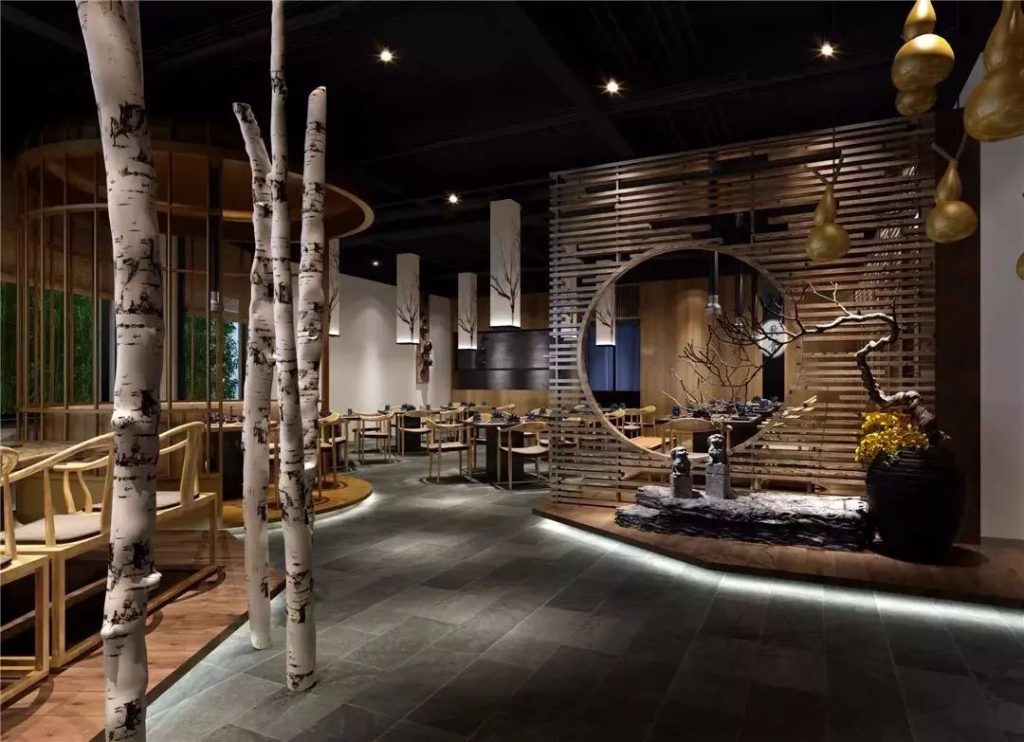
This not only wastes a lot of energy, but also produces light pollution and light interference, which has a serious negative impact on the environment and people’s normal work and life, and completely deviates from the principle of implementing green buildings. Therefore, green buildings call for night scene lighting to attach great importance to energy conservation.
2. Night scene lighting has huge energy-saving potential
It can be seen from the problems of night scene lighting that there is a huge potential for energy saving in building night scene lighting. How big is the energy-saving potential of night lighting? It can be roughly analyzed from the following three aspects.
Energy saving potential of floodlighting
According to the survey of the night scene floodlighting of 121 building facades in LA and NY and the actual measurement of the average illuminance of the walls, it can be seen that the reflectance of the walls of these buildings is basically between 30% and 40%. The cleanliness of the wall is relatively clean, and the environment of the building is also brighter.
According to the standards of the International Commission on Illumination (CIE), for walls with medium-color finish materials with a reflectance of 30% to 40%, such as medium-color stone, cement or light-colored marble walls, floodlighting The average illuminance is 40lx under a dark background, 60lx under a general background brightness (8cd/m2), and 120lx under a bright background.
In contrast to the CIE standard, the average illuminance of the night scene lighting of the investigated building facade should be equal to or lower than 240lx. In fact, 37% of buildings exceed the CIE standard, which means that the average illuminance of this part of the building’s facade is greater than 240lx. The illuminance of individual building facade night scene illumination is as high as 700lx.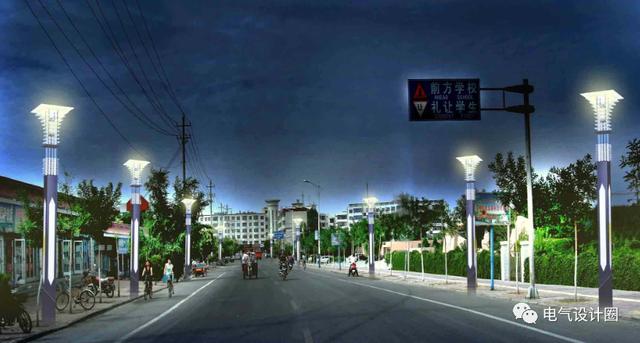
In other cities, especially those that have just started to build night scene lighting in recent years, due to the influence of the trend of thinking that the brighter the night scene lighting, the better, it is estimated that the number of buildings exceeding the CIE standard will not be less than 37%. Therefore, if we strictly follow the CIE standard to design the night scene lighting of the building facade, reduce the illuminance of 37% of the buildings that exceed the standard, and tap the energy-saving potential of the night scene lighting of this part of the building, it will save considerable electricity.
Energy saving potential of building contour lighting
In urban night scene lighting, building contour lighting is an earlier and more used lighting method in building night scene lighting.
Not only the night scene lighting of most bridges uses this lighting method, but also many of them are used in the night scene lighting of modern buildings. For example, nearly 100 buildings in NY Broadway’s nightscape lighting use various forms of contour lighting. Rough statistics use about 100,000 incandescent lamps.
If all 100,000 25W incandescent lamps on Broadway are replaced by 5W energy-saving LED lamps, it will save 456-92=3.64 million kWh of electricity every year. In 2002, the 22,000 incandescent contour lights in Tiananmen District, Beijing, China had all switched to 5-9W LED lights. If calculated according to 5W energy-saving fluorescent lamps, 100-20=800,000 kWh of energy can be saved in a year, and the energy-saving effect is very significant. When switching to energy-saving fluorescent lamps, attention should be paid to the use of high-quality products and the influence of ambient temperature on lamp operation.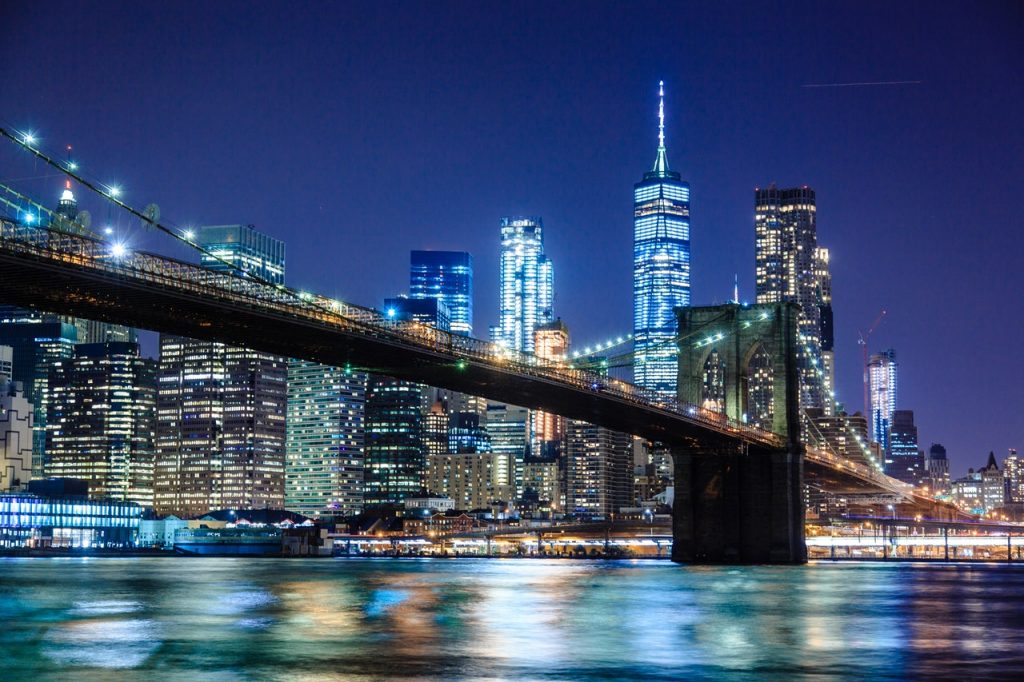
Energy saving potential of lighting methods and management
When designing building facade night scene lighting, due to improper lighting methods or lighting schemes, energy is often wasted. For example, the use of floodlighting on the facade of a glass curtain wall building not only wastes energy, but also has no lighting effect, which causes light pollution. Another example is the improper lighting distribution and lighting schemes, resulting in a large amount of overflow light.
According to survey statistics, the spill light of building facade flood lighting accounts for about 1/3 of the total lighting energy. The total amount of spill light of building facade flood lighting across the country is a very impressive figure. Not only is energy wasted, but it also causes light pollution. In addition, improper management of night scene lighting on building facades and backward lighting control technology have caused serious waste of lighting electricity.
In short, through the above analysis, it can be seen that the energy-saving potential of building facade night scene lighting is huge. In the case of large-scale construction of night scene lighting, through scientific design, strict implementation of international lighting standards, correct selection of lighting methods and equipment, and strengthening of lighting facility management, the dual goals of building night scenes and saving energy can be achieved.
3. Energy-saving measures and methods for night scene lighting
Analysis of energy saving factors
Energy saving of night scene lighting is a systematic project. The promotion and application of high-efficiency lighting power-saving products should be the leader, and other factors affecting lighting power consumption should be considered comprehensively. Only by carefully carrying out lighting design and strengthening management with scientific methods can the potential of lighting energy saving be tapped. Lighting power consumption is closely related to seven factors.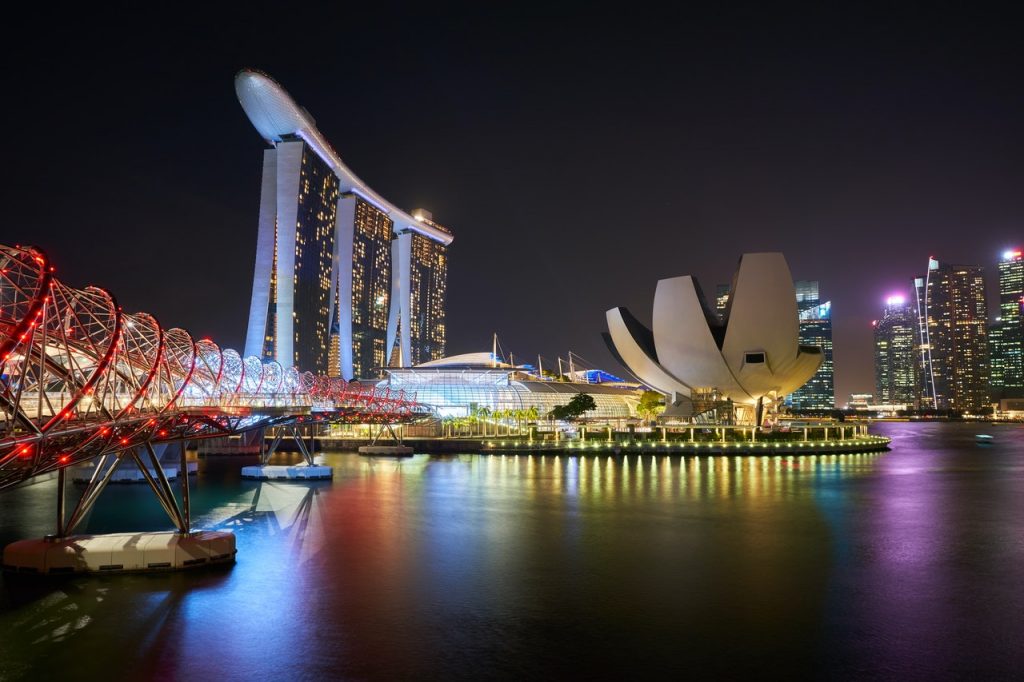
Therefore, to save electricity for lighting, in addition to the application of energy-saving light sources and lamps, it is also necessary to select the lighting utilization factor and lighting maintenance management factor reasonably, so as to achieve the purpose of saving lighting electricity to the greatest extent.
Choose high-efficiency energy-saving lighting products
Use high-efficiency energy-saving electric light sources.
The use of high-efficiency energy-saving electric light sources is the core of reducing lighting power consumption. At present, the luminous efficiency, light color and life span of light sources commonly used in night scene lighting vary greatly. When choosing a lamp, you should proceed from the actual situation, learn from useful experience, and comprehensively consider the light efficiency (power saving) and cost performance of the lamp.
The current general trend of lamp selection is:
Replace incandescent lamps with halogen lamps, compact fluorescent lamps and straight tube fluorescent lamps,
Replace the thick tube T12 fluorescent lamp with a thin tube T5 or T8 fluorescent lamp or a middle tube T10 fluorescent lamp.
Vigorously promote LED light sources,
Low-pressure sodium lamps can be used in outlying highways or tunnels and places with low color requirements.
When selecting lamps, high-efficiency and energy-saving electrical accessories or dimming equipment that match the photoelectric parameters of the lamp should be selected.
①Use high-efficiency and energy-saving lighting fixtures
Fixtures is a general term for light source, lampshade and corresponding accessories. Fixtures are generally divided into two categories: decorative lamps and functional lamps. Of course, the functional requirements of decorative lamps must also be considered. Functional lamps must also consider their decorative properties. It’s just that each has its own emphasis and cannot be absolute.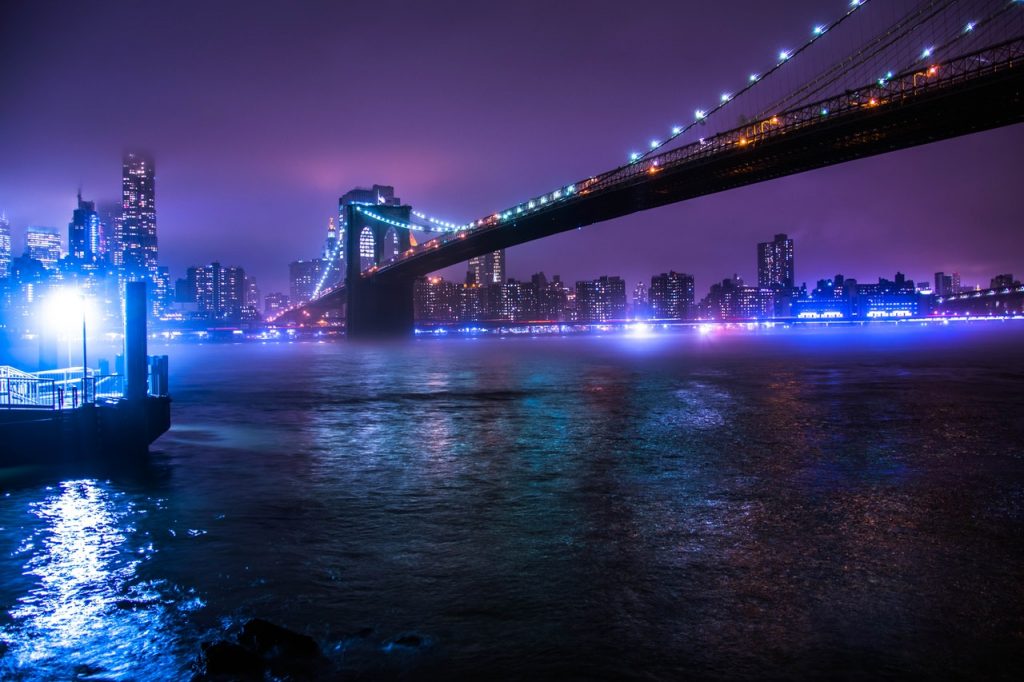
The main lighting characteristics of fixtures are light distribution performance, lamp efficiency, and glare prevention. It saves electricity for lighting and only has a high-efficiency light source. If the efficiency of the lamp is low and the light distribution is unreasonable, the light emitted by the light source cannot be fully utilized.
Because the final luminous flux used varies with the efficiency and utilization factor of the lamp, only lamps with high luminous efficiency and utilization factor can make full use of the luminous flux emitted by the light source. To save electricity for lighting, great efforts should be made to improve the efficiency and technical level of lighting products.
②Choose high-efficiency and energy-saving control equipment
High-efficiency LED lamps are the preferred products for energy-saving lighting. In addition, the application of various time control, light control and intelligent controllers, street lamp power-saving controllers and technology, energy saving is remarkable.
Energy-saving lighting design.
Determine the illuminance or brightness standard of the lighting design.
Generally speaking, the design should be strictly in accordance with the night scene lighting standards. It is recommended to design according to the standards of the International Commission on Illumination (CIE). Among them, the illumination, brightness, uniformity of illumination, maximum power density (UPD) value and limit light pollution index of the illuminated object must not exceed the regulations of CIE and related standards.
Choose the best lighting method.
There are many ways of night scene lighting, such as contour lighting, flood lighting, internal translucent lighting, functional lighting, moonlight lighting, silhouette lighting, stacked lighting and special lighting.
The most energy-efficient lighting method should be selected according to different illuminated objects. For example, in order to save energy, the surface reflectance of the illuminated object is lower than 0.2 and the glass curtain wall building is not suitable for flood lighting. Should choose the internal light-transmitting or self-luminous material for lighting. Another example is the use of functional light for night scene lighting in commercial buildings, which can also save electricity for night scene lighting.
Strengthen management
Reduce the light loss during the maintenance period of the lighting facility and improve its energy-saving effect.
⑴ Strengthen organization and management.
Organizationally implement the leadership and management of energy conservation work is the key to energy conservation work. For this reason, we must overcome the phenomenon of emphasizing construction and neglecting management.
⑵ Formulate or improve the management system and method of night scene lighting, and act in strict accordance with the management method. Units that are mismanaged and seriously waste energy should be punished through criticism, warning or fines, or even power cuts, and corrections should be made within a time limit.
(3) Implement economic incentive policies.
For example, according to the preferential policies for electricity use, the unit with significant energy saving effect will be charged less or exempted from electricity charges.
⑷ Actively use new technologies for night scene lighting supervision, such as centralized remote control and management system, double three-level management and control system.
⑸ Carry out the activities of night scene lighting energy-saving demonstration projects to promote the development of the entire night scene lighting energy-saving activities.
⑹ Raise national energy-saving awareness and carry out international cooperation and exchanges on energy-saving night lighting. To this end, strengthen publicity and education work, so that the whole society cares about and supports the energy-saving work of night lighting. Popularize energy conservation knowledge through training courses or seminars. Adopt advanced energy-saving technology and experience.

